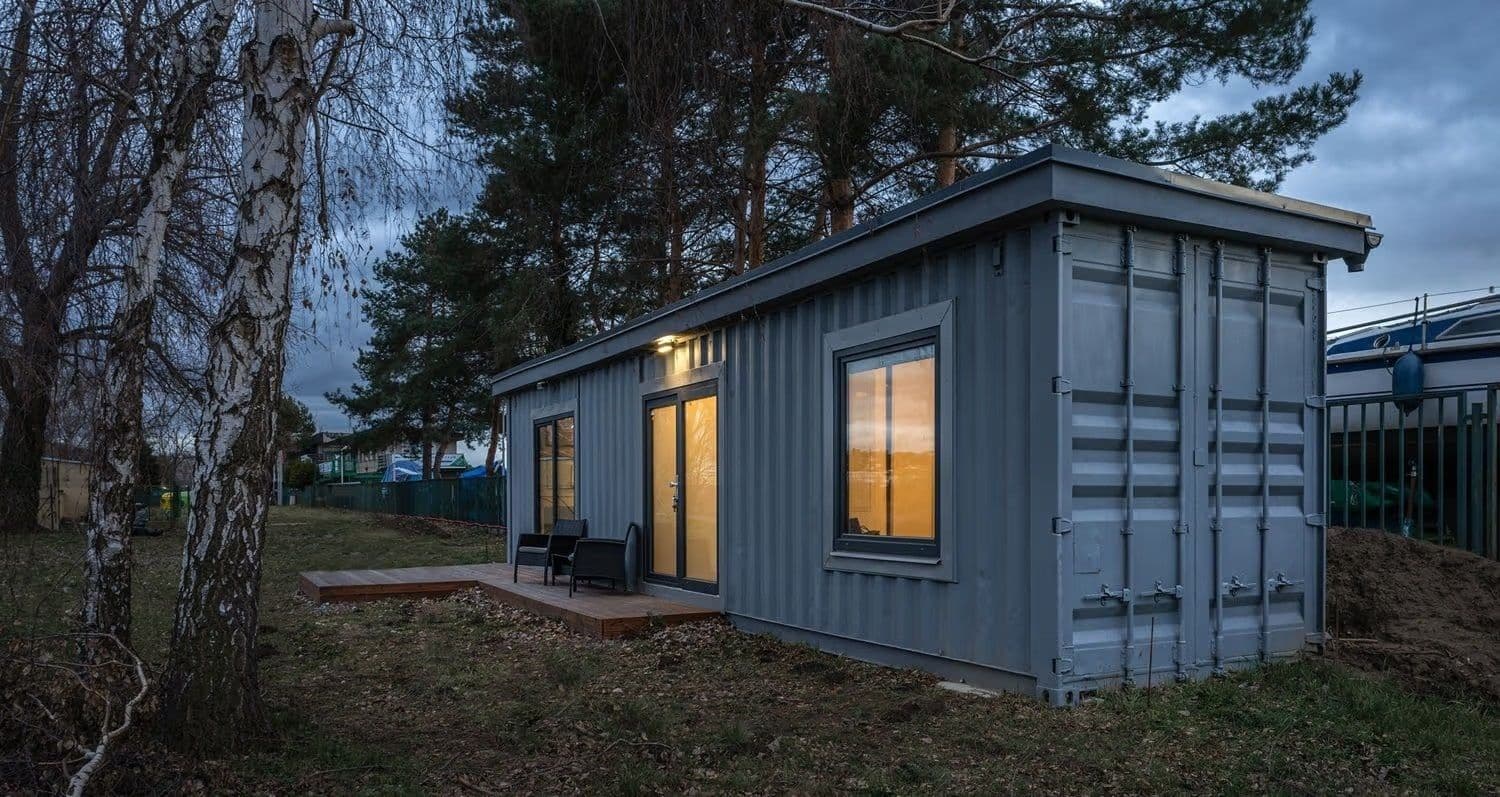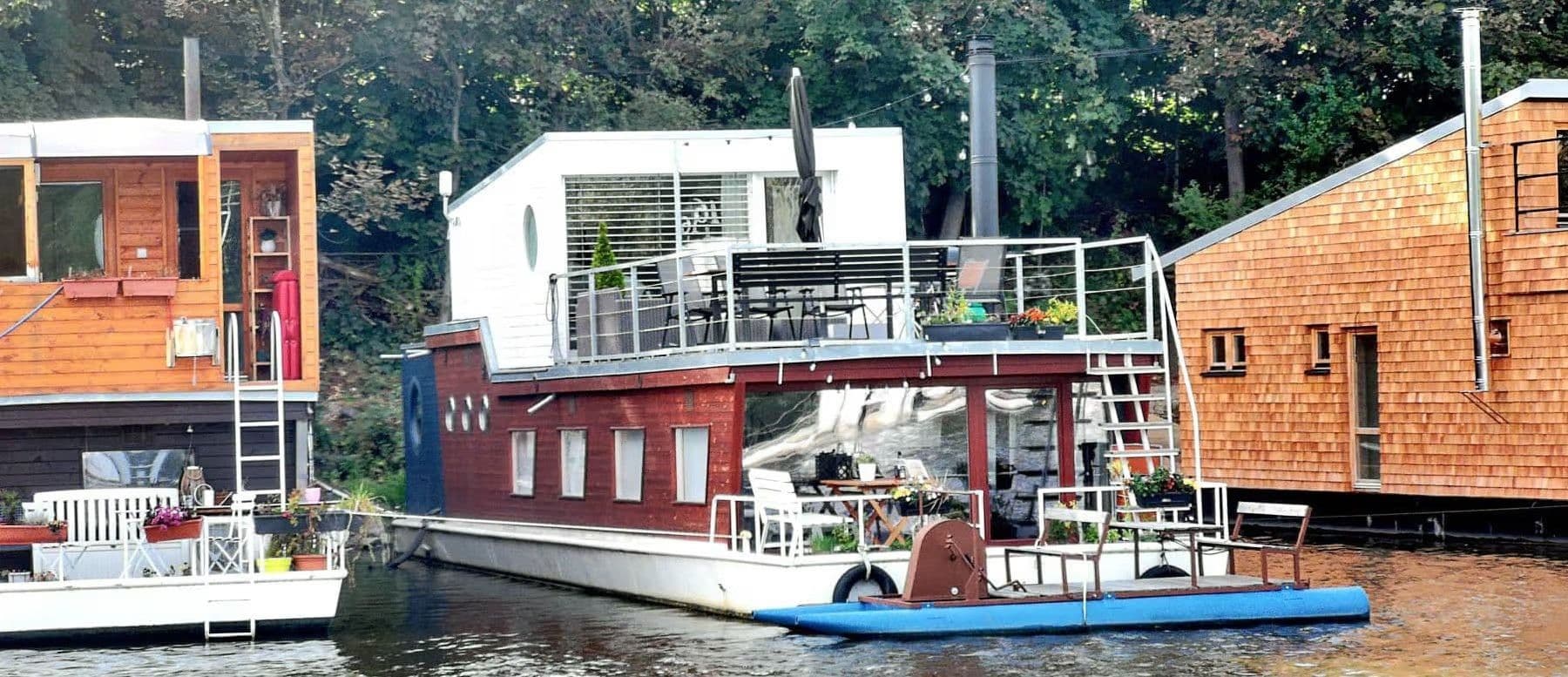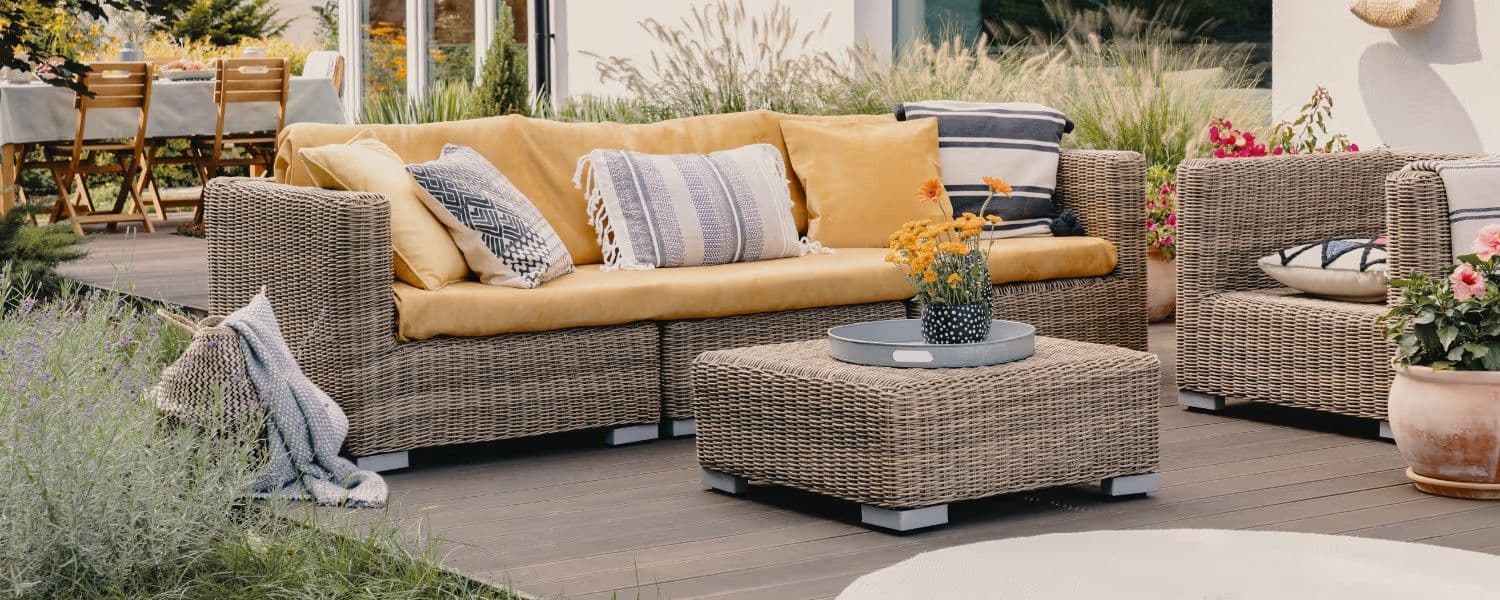Tiny house and container living - what you should know before you start building
Are you enchanted by minimalist living in the form of a tiny house? This hot trend offers not only modern cottage living, but also the possibility of permanent housing. How much will a container cottage set you back and what should you consider before you go for it?

Table of Contents
What is container housing?
It is a relatively innovative, environmentally friendly and more cost-effective housing alternative. It uses discarded shipping containers that are turned into living space. Most often, converted containers are used for holiday housing. Countless architectural variants can be devised. Houses composed of multiple containers can be very structured.
What is a tiny house?
Tiny house, it is a house that can be lived in all year round, but is usually used for recreational living. A typical tiny house is less than 37 m² in size, but offers comfortable and functional living in a minimum of space without having to restrict basic needs. Tiny houses can take many forms, from fixed houses on foundations to mobile houses on wheels that can be easily moved as needed. Its base can be a container, a marquee, or it can be a house made of wood.
The tiny house is characterised by minimalism, sustainability, mobility, flexibility, low cost.
What to consider before buying
Are you excited about the idea of container housing? Before you start choosing the layout and design, consider which way you want to go.
Basically, you have two options:
1) Build a tiny house yourself - DIYers and more skilled types can get just a basic version of a container and build a tiny house or cabin on their own. This will save you money, but you have to sacrifice your time. You will probably also need to study the necessary information regarding insulation, water installation, windows, etc. If you are buying the container itself, check its condition carefully.
2) Buy a ready-made house - A number of companies offer to make a custom-made house. This way, you will get a ready to use container, it will be directly habitable and you will only have to settle it on the land - but a company can help you with this as well. The investment will be higher, but you will have it built in no time and without any worries.
Advantages and disadvantages of container housing
Advantages
- Low costs
- Quick construction
- Modular and flexible solution
- Environmentally friendly (material recycling)
- Durable construction
Disadvantages
- High-quality thermal insulation required
- Possibility of rusting, maintenance of wooden house elements required
- Limited interior space
- Transport costs
- Plumbing expert required
Cost of building container housing
The main advantage of container housing is its low price.
You can get a container home for between one and three million crowns, depending on the equipment. If you want more convenience in the form of running water or to have the house customized already from the supplier, you need to count on a higher amount. However, you should also include other costs in your budget that you can't do without. Primarily the land and, if it is not covered, also the installation of networks, connection to the sewage system, etc. You should not forget about the energy performance of the house, you can also consider converting it to passive using renewable energy.
Is a building permit required for a tiny house?
Although your container for recreational living theoretically fits the characteristic of a "tiny building" for which no building permit is required, the law does not see it as such. You can't just put a modular home on land and start living there. You should follow Building Act 283/2021, which determines when a building permit, building notification or other type of consent is required. It is important that the land where you plan to place the container is in an area where the zoning plan allows at least the construction of a holiday home. It also matters whether it is a mobile tiny house on wheels or a non-mobile one that is fixed to the ground. In some cases, the construction of a tiny house can be legalised with positive planning consent in a simpler way than with planning permission. It should be added, however, that each building authority assesses buildings individually.






